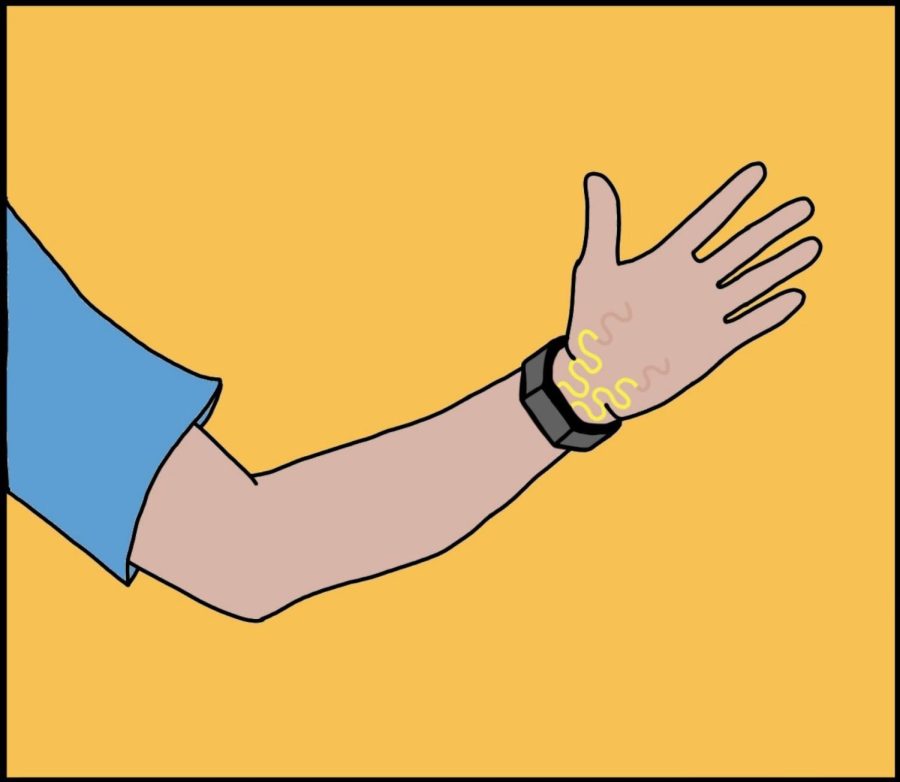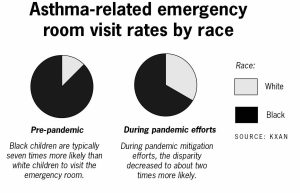UT, Texas A&M researchers give ‘palm reading’ new meaning
March 29, 2023
In a recent paper published in the scientific journal Nature Communications, a team of UT and Texas A&M researchers detailed how electronic tattoos and emerging technology used to monitor the health of the body can be used to monitor mental stress.
Nanshu Lu, leader of the study and professor of aerospace engineering and engineering mechanics, has been studying electrodermal technology for over a decade, but has shifted to focusing on monitoring the palm due to the amount of information they tell us about the rest of the body.
The e-tattoos, electrodermal activity sensors or lightweight sensors that blend into the skin, capture data from the sweat glands of the palm where they are applied, Lu said.
“The idea is that the human body is radiating a lot of data about our health and our emotions,” Lu said. “But currently, we only have limited wearable devices like smartwatches or smart rings, which are only capturing very limited information and are not really useful for medical diagnosis.”
Lu said that when people are nervous or stressed, their palms sweat due to a response controlled by sympathetic nerves, and that this nervous response is a consequence of years of human evolution.
“When we are facing danger, the palm gets a little bit wet so we can use friction to grip weapons,” Lu said. “That’s from tens of thousands of years of evolution and even if the sweat does not reach the surface of the palm, the sweat gland is still getting filled up to a certain degree.”
Through ribbons of material that are attached to the skin, the e-tattoo connects to a smartwatch to track stress level data. Kaan Sel, a graduate research assistant at Texas A&M University, said while these smartwatches are primarily used for research studies, he believes that as e-tattoo usage becomes more extensive, larger corporations will make their electronic products compatible with e-tattoo technology.
“(The) Apple Watch doesn’t have (the capability to collect the data),” Sel said. “But if this idea grows and if more researchers are excited from the achievements we provided, … making these modifications shouldn’t be hard.”
While the research team is not focused on commercializing their product, Lu said they are interested in using the palm e-tattoo for stress detection during human-robot encounters.
“What we are trying to do at UT is trying to build medical grade, high fidelity, high accuracy, wearable electronic tattoos that can offer continuous medical grade data that can be put into analytics and algorithms for medical diagnosis,” Lu said. “Patients don’t want to be constrained by the bedside monitor cables and wires.”
The research team is collaborating with hospitals, including Dell Medical School, to pilot the e-tattoo in real-life medical settings to help patients who struggle with stress disorders, Lu said.
“They say stress is the number one killer,” Sel said. “It impacts all systems in your body. It impacts your circulation system, how your heart operates, how your brain operates, how effective you are. … Capturing stress will allow us to go and diagnose what causes stress.”














